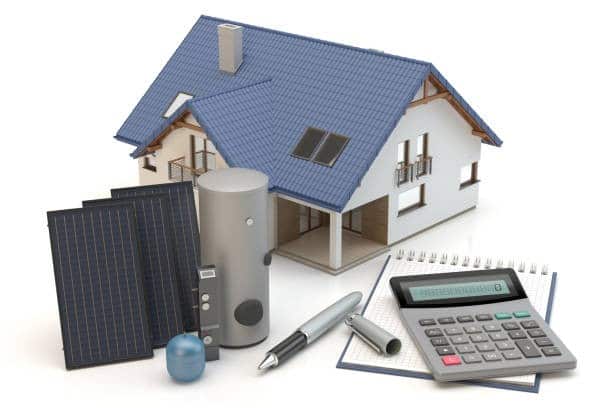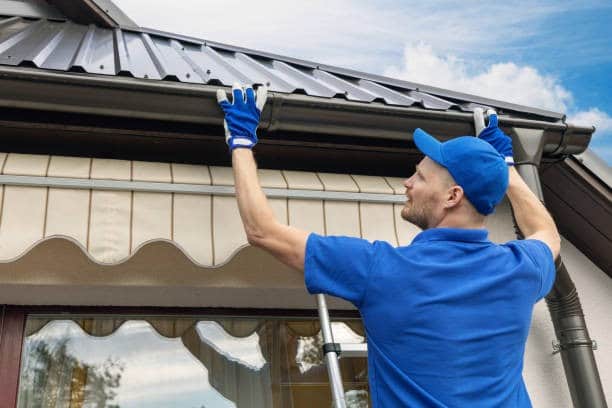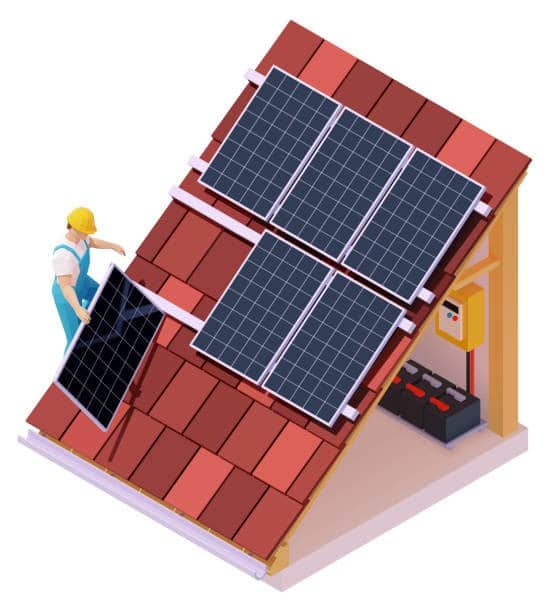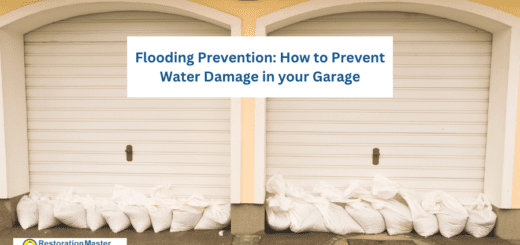5 Tips to Get the Most Out of Your Residential Solar Panels
Are you thinking about getting solar panels placed on your home? If so, there are many beneficial reasons to have these panels on top of your property. Solar panels reflect energy from the sun, reducing your dependency on fossil fuels like natural gasNatural gas is a flammable fossil fuel composed mainly of me... More and coal. If you live in Texas and have solar panels, you probably didn’t lose power during the latest winter storm and avoided frozen pipes and water damage.
By using environmentally friendly solar panels, you will also notice major savings on your monthly energy bills. On average, homeowners throughout the nation save $47 to $187 per month on electricity usage by having solar panels.

That’s not where the benefits of having solar panels end.
They can also increase the average resale value of your home. One study found that a home resale value increases by $5,911 per kilowatt of solar polar it provides. Plus, the many current government incentives to go green make it easy to save money on solar panel installations.
Speaking of savings, you can max out the money-saving power of solar panels by following a few tips. Here are five ways to get the most out of your residential solar panels.
1. Factor in Your Roof’s Age
One of the most important factors to consider before having solar panels installed is the condition of your roof. If your roof isn’t in good condition, placing solar panels on it might be dangerous. It’s understandable to want to avoid getting up on your roof. If you don’t know what condition your roof is in, consider scheduling a roof inspection.

You’ll also want to consider the age of your roof. If your roof is too worn due to age, it might not be able to provide safe and long-term support for solar panels. Generally speaking, a roof that’s 30 years or older should probably get replaced before adding solar panels to it.
2. Check or Upgrade the Electrical System
A great way to ensure you get the most from solar panels is to upgrade your home’s electrical system. This is something that is understandably puzzling to those new to solar panels. If you have solar panels, why would you need to change or upgrade your home’s electrical system?
The answer to this question requires a little explaining. It’s understandable to think that the energy your solar panels collect can get used right away. Unfortunately, it’s not quite that simple. Before you can use your solar power, it needs to get fed back into your home. Sometimes, this surge of power is more than older properties or homes in rural areas can handle.
There is a silver lining regarding whether or not a building will be capable of handling solar power. In most cases, relatively newer buildings should be able to handle solar power without any upgrades or modifications.
To know for sure if your home is ready for solar panels, it’s best to have an electrician school graduate perform an inspectionInspection is the careful examination and assessment of a pr... More on it. Live electricity can be extremely dangerous, especially for someone without electrician training. By having an electrician check the status of your home’s electrical system, you won’t risk accidentally injuring yourself.
3. Consider Roof Angle and Shading
Before choosing solar panels, it’s important to consider the angle of your roof. The angle or pitch of your roof determines whether tracking or fixed solar panels are possible. Fixed solar panels lie flat at all times. Tracking solar panels follow the sun’s path, giving you the most possible energy. However, they are not always an option for homes with steeply pitched roofs.

Another thing to consider is the shade your roof receives. Placing solar panels on an area of your roof that’s shady isn’t going to be very effective. Instead, look for the parts of your roof that receive the most sunlight. These will generally be near parts of your yard with fewer trees or none at all.
It’s understandable if you’re unsure how much sunlight your roof receives. Fortunately, there are a few online tools you can use. One of the best ways to know where the sun’s hitting your roof is by checking out Project Sunroof, a solar calculator from Google.
Using Project Sunroof is simple. After visiting this website, you’ll only need to enter your address. Once you enter your address, you’ll see a top-down view of your property. This view shows you how much sunlight your roof receives. It also shows you what parts of your roof receive the most sunlight.
4. North/South Vs. East/West
You’ll also want to determine what direction or directions your roof faces. What does this have to do with solar panels? The sun tends to have an easier time covering a roof that faces north or south instead of east or west.
Generally speaking, solar panels on roofs that face south receive the most amount of sunlight. However, that’s not to say that solar panels facing in other directions won’t be effective. But, solar panels facing east/west typically receive about 20% less solar energy than ones facing north/south.
5. Pick the Right Panels
If you haven’t chosen them already, you’ll need to select the right type of solar panels. Making this decision comes down to looking at a few important factors.
One of the first things to consider is the power output of your solar panels. In most cases, residential solar panels have power output ratings varying from 200 to 400 watts.

Another thing to consider is the efficiency rating of your solar panels. Solar panels that have a higher efficiency rating produce more electricity from the sun’s rays. But, like power outputs, solar panels can vary in terms of their efficiency ratings. Most residential solar panels have an efficiency rating of 15 to 20%.
As you can see, there are several ways to get the most from your residential solar panels. If you’re looking for an effective way to lower your energy bills and do something nice for the environment, consider having solar panels installed on your home.












